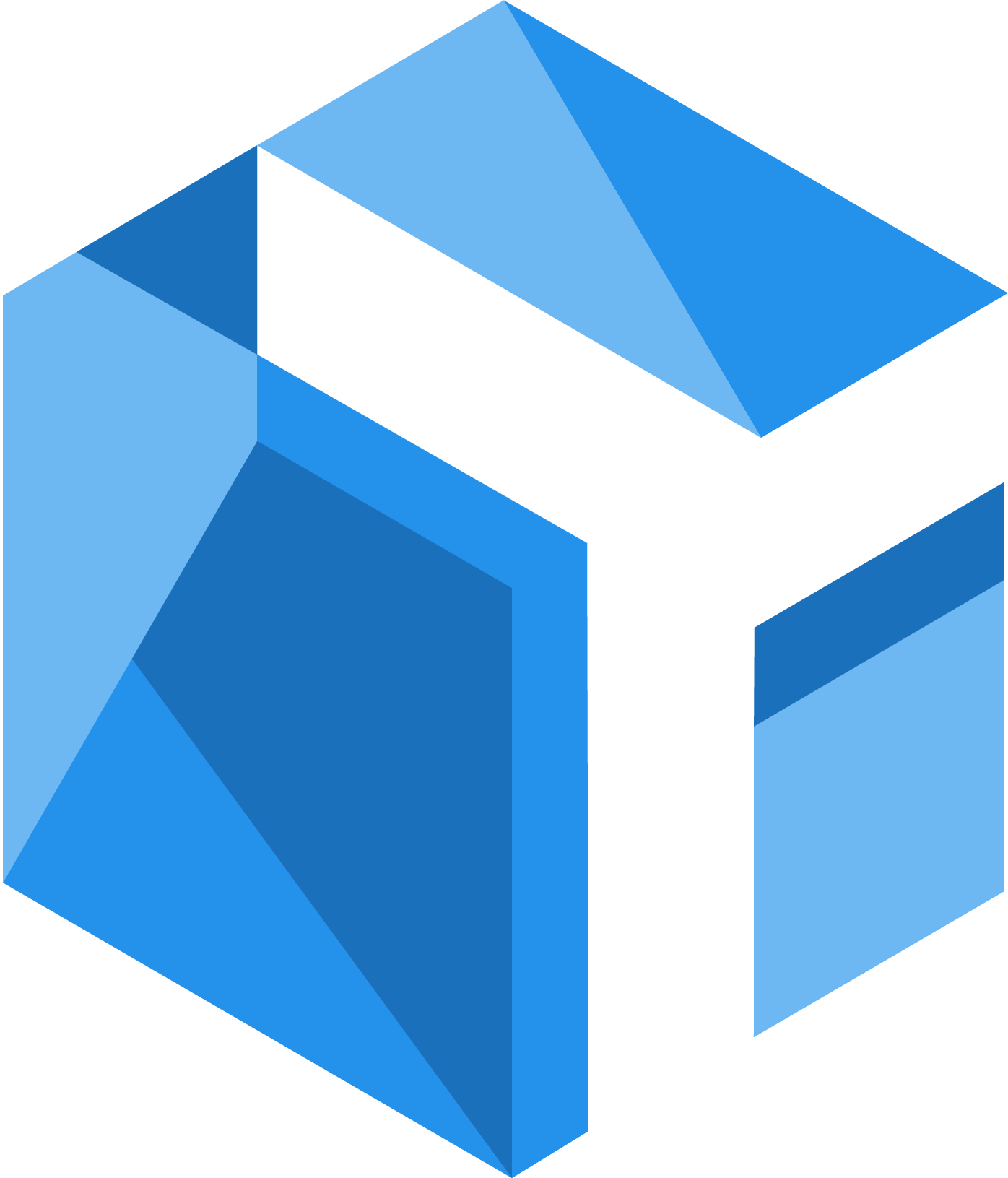Two traditional ways of problem-solving + the LEAN method
There are many ways to solve problems, but let's focus on three approaches here.
The first approach is to solve only problems that are significant enough and worth the effort required. In 1920, the performance measure ROI (Return On Investment) was introduced. Simply put, ROI shows the return or gain from an investment relative to its cost. In this case, it measures what you gain in monetary terms by solving the problem.
So unless there is a positive ROI, there is no need to address the problem. This can be seen as a typical approach from a financial standpoint.
The second approach is to fix all the problems you encounter and establish a permanent solution. If there is a way to improve or streamline something, you do it without any questions asked. Will the permanent solution become a new problem during the project's development? Perhaps...
The third approach is the LEAN approach. Although it may appear less efficient, it yields much better results in the long run. The reason is that when you solve a problem, you end up discovering more problems and more areas for improvement. By working in this way, you focus on continuous improvement and learning throughout the project.
Ørjan Gjendemsjø, Commercial Director at TaskCtrl.
If you only focus on surface-level problems and calculate ROI upfront, you will miss out on all the underlying opportunities that you cannot directly identify.
With the LEAN approach, the return on investment is not immediately apparent. You may not know the exact ROI for each improvement, but if you continue to make daily improvements, you are guaranteed a positive return in the long run.
Project managers experienced in LEAN Construction are familiar with the practice that yields better results. However, it can be challenging to communicate how and why this is a good methodology to use in a project to those who do not possess the same experience. Some of the effects we value with LEAN, such as respect for people, minimizing waste, and establishing value-creating flow in the project, are not easily quantifiable in terms of ROI or direct returns in a report to a CFO or client, for that matter.
Fortunately, this is not the goal of implementing LEAN. Instead, it is a culture-changing transformation for the entire company, from top management and project managers to designers and subcontractors involved in the projects.
TaskCtrl enables safer and more efficient project management by bringing together all stakeholders in a single platform.
TaskCtrl is developed based on LEAN methodology, known for its focus on effective project management. TaskCtrl brings together all stakeholders in a project - from the client who values overview and risk management, to the individual craftsman who needs to know the tasks to be performed and their timing. This makes TaskCtrl a platform that can help you and your projects follow LEAN principles, ensure timely and budgeted delivery, and ultimately contribute to long-term profitability.
The definition of LEAN can be summarized as common sense implemented with systematic and disciplined approaches.
TaskCtrl will handle the systematic aspects, and together we will build the discipline.
- Ørjan Gjendemsjø
Teksten er inspirert av Doanh Do, en virkelig Lean Construction ambassadør.





